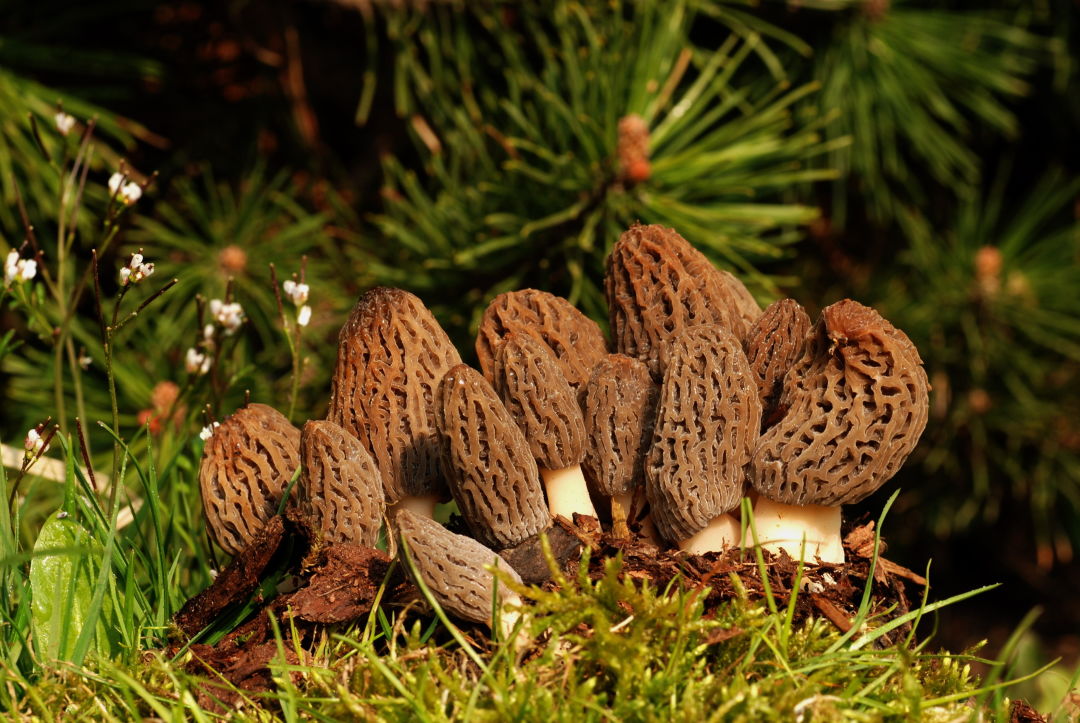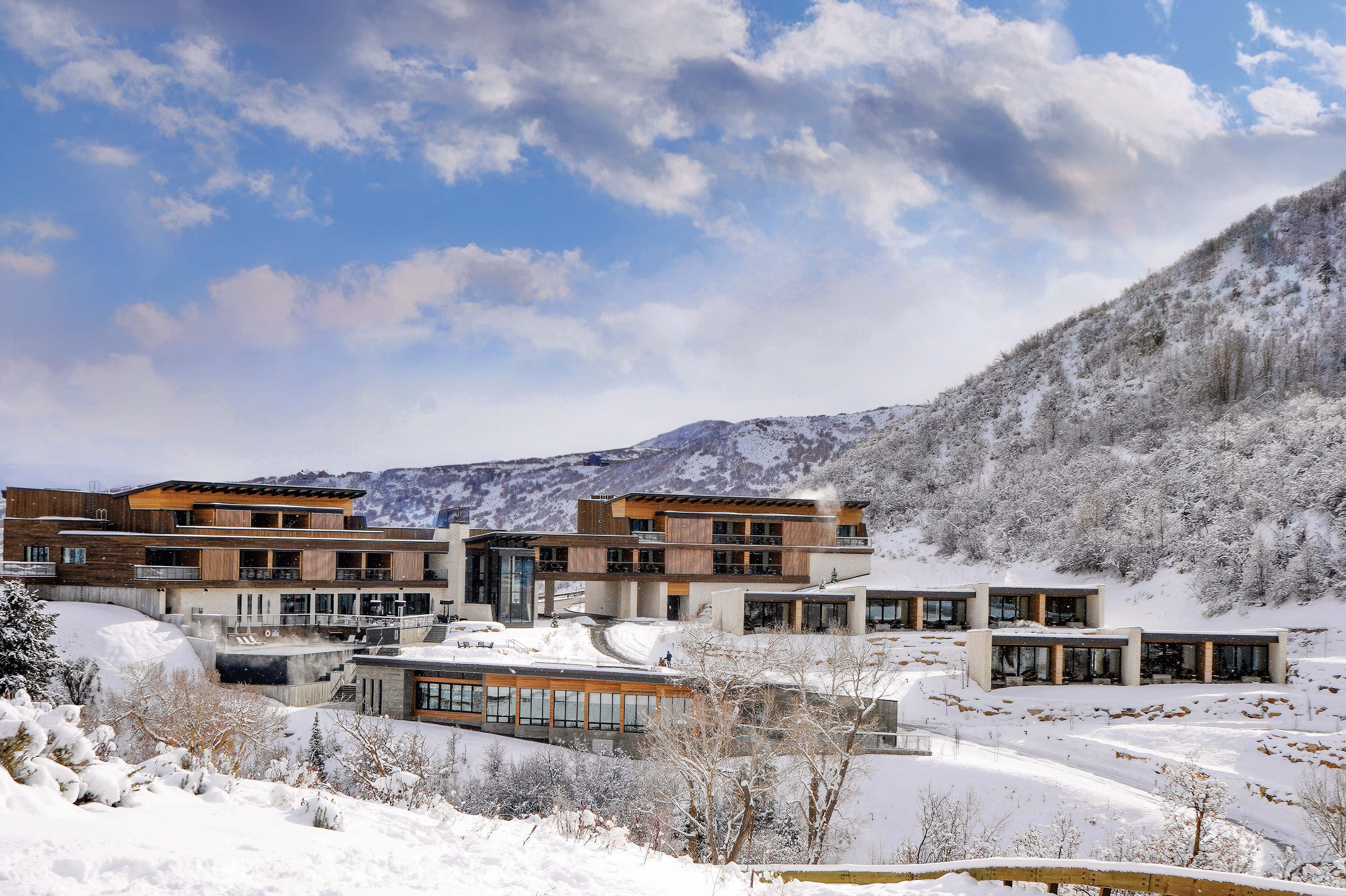Discover 5 Edible Mushrooms Near Park City

Utah is home to hundreds of different mushrooms, including several edibles species like morels, porcini, and chanterelles.
Image: Shutterstock
Once a skill we depended on for survival, foraging is no longer part of our modern day lives. But if you enjoy getting produce from your backyard garden or eating an apple right off the tree, foraging is something you'd probably find equally appealing. After all, foraging is nature's very own Easter egg hunt. And what's the best thing to seek? Mushrooms, of course! Despite not being particularly known for its fungi, Utah is actually home to thousands of mushrooms, including the following popular, edible varieties.
Just a short drive from Park City, the Uinta-Wasatch-Cache National Forest boasts prime mushroom hunting grounds. What type of mushrooms and how many you find is, of course, completely dependent on season and the amount of water in the ground (mushrooms prefer more moisture rather than less).
But wait, isn't mushroom hunting a bit dangerous? It's true. Unfortunately, there are many poisonous mushrooms out there and they are often tricky to spot. For every mouth-watering edible fungus, there are several poisonous imposters waiting for someone to take a bite. And the risk is real. Mushrooms may contain any number of toxins, with effects ranging from mild gastric issues to organ failure, and even the smallest bite of deadly one can be fatal. That's why the number one rule of mushroom hunting is: "When in doubt, throw it out." You should never eat a wild mushroom unless you are 100 percent sure of the identification.
The good news is, if you're keen on wandering through the forest and finding tasty morsels for your table, it doesn't take years to start identifying one or two edible varieties. Start by picking up a copy of Mushrooms Dymystified by David Arora, a.k.a. the bible of wild mushroom identification, or another field guide. When identifying mushrooms you should look at the appearance (general shape, color, and structure), its habitat (coniferous forest, lawn, etc.), and the color of the spore print (powdery deposit of the fungi).
The best way to learn is hopping on a hunt with someone who knows what they're doing, like The Mushroom Society of Utah (MSU). However you go about it, happy hunting!
Morels
The fickle and elusive morels (Morchella esculenta) are the mushroom harbingers of spring, coming out when the soil hits 50 degrees. Utah hosts black, yellow, and white morels. They typically have a conical shape, with a pitted and ridged cap resembling a honeycomb. Their flavor is unique, a bit woodsy, with a meaty texture.
Meadow Mushroom
The wild cousin of button mushrooms commonly found in grocery stores, the meadow mushroom (Agaricus campestris) can be identified by its white cap, stocky stature, non-staining flesh, and pink-then-brown gills. Although they look similar to the ones at the grocery store, they pack in twice the flavor.
Puffball
There are several varieties of edible puffball (Lycoperdon perlatum) mushrooms. They are easy to distinguish due to their distinct ball-like shape. Puffballs have some of the deadliest look-a-likes, specifically the deathcap mushroom and young destroying angel. Proper identification requires cutting the mushroom in half; edible puffballs should be pure white (think marshmallow white) with no patterns, marks, or coloration.
Chanterelle
Easily recognizable for their golden funnel shape, chanterelles (Cantherellus cibarius) are one of the most popular wild mushrooms. Chanterelles are only found in the wild, popping up in the summer and fall near hardwood trees (never alone in fields, in big clumps, or on rotting wood). Their aroma is fruity, sometimes reminiscent of apricots, with a mild peppery taste.
King Bolete, a.k.a. Porcini
Known colloquially by many names such as king, steinpilz, penny bun, and porcini, the Boletus edulis grows all over the world and is most commonly found under conifer trees and sometimes birch or oak. Its rich, nutty, earthy, and complex flavor make it one of the most sought after wild foods. The cap looks a bit like a greasy bun with brownish coloration; when cut, the flesh is white.






































